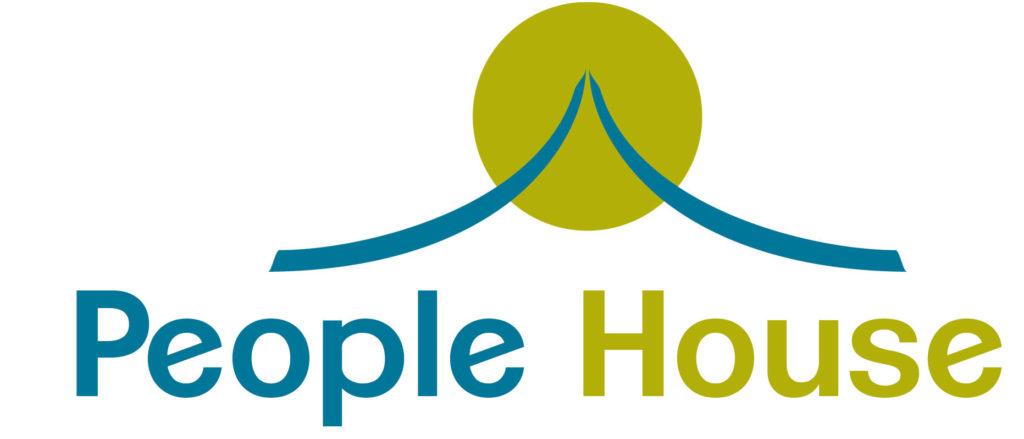Setting Intentions || By Samantha Camerino, LCSW
Often our days are filled with tasks and responsibilities and noise, making it difficult for us to recognize or connect with our personal intentions. Consequentially, we may feel overwhelmed, lost and without a clear direction. Taking time to refocus on our purpose and to reconnect with our self-determination may help us feel a little less overpowered in our very chaotic world.
But what exactly does this mean, to set an intention? When I was originally introduced to this concept, I noticed an immediate reaction – I wanted to pull away and judge; I instantly felt a need to resist something I didn’t even understand. As time moves on, I have realized how much we stand to lose when we give into resistance, when we stop ourselves from being open to possibilities, and hide or avoid simply because we don’t understand.
Setting intentions gives us the freedom to shed our fears and speak into existence what we want for ourselves; these are our hopes, our dreams and our goals. When we set an intention, we verbalize and give breath to our meaning and purpose.
There is no one “right” way to set an intention. It’s ok to find ways to make this practice your own, and in fact by doing so, you’ll likely be more successful in your pursuits. Starting with daily intentions can be an incredibly useful way to dedicate time to your needs and accomplish what you want. It is important to start with a quiet mind, however challenging that may seem. Begin your day by taking a few minutes to clear your thoughts – set a timer if that will help (dedicating just 5 minutes is great!). Make sure to take note of any physical sensations, which will help you to refocus away from your thoughts and guide you towards a deeper self-connection. Once you’ve come to a place of calm, visualize your day with a focus on your daily goal. Ask yourself: Who do I want to be? What are my values? Where do I need to focus? Be
sure to speak your intentions out loud, repeat it in the mirror if you can. It may feel strange at first, but the act of speaking our goals into existence will help you face your fears and realize your worth. If you are someone who likes to journal, it’s a great tool to use for intention setting. Remain focused on positive action statements, rather than what you want to avoid.
This is a practice, so making it your own takes time, but remember that you are worth the effort!
The most effective way to begin eliciting positive change is to cultivate self-awareness and to act with intent. Fear and self-doubt often get in the way of self-determination and personal growth. Learning to set intentions can be a powerful tool in facing those fears and hesitations; it connects us to our inner strength. When we are not clear on our personal goals and desires, we become distracted and absent, we deviate from our values, and our self-worth diminishes. Sometimes the biggest barrier is that we focus so much on others, we forget that we deserve that same kind of attention. Consider small ways to begin setting your intentions and lean into the possibilities this practice has to offer. When we open ourselves to change and let the wind carry away our apprehensions, we carve out just enough space in our demanding world to hold on to our purpose and realize our worth.
If you are a womxn looking to engage in the practice of intention setting with others, please reach out to Samantha Camerino, LCSW to inquire about her upcoming Womxn’s New Moon Group – Setting Intentions. She can be contacted at samantha@nomadtherapyservices.com, and you can learn more about her at www.nomadtherapyservices.com.
Samantha Camerino (she/her) is the owner of Nomad Therapy Services. She uses a “Person in Environment” approach, addressing not just the individual, but also exploring the environmental, societal and historical components that may be impacting self-growth. She has nearly a decade of experience working with persons struggling with an array of challenges such as depression, anxiety, anger, low self-esteem, trauma, et. al. Currently, Samantha conducts sessions in the office or online, and she also encourages ‘walk & talks’ and meeting in outdoor settings. If you are interested in learning more about the Nomad approach, visit her website at www.nomadtherapyservices.com or email her at samantha@nomadtherapyservices.com.
